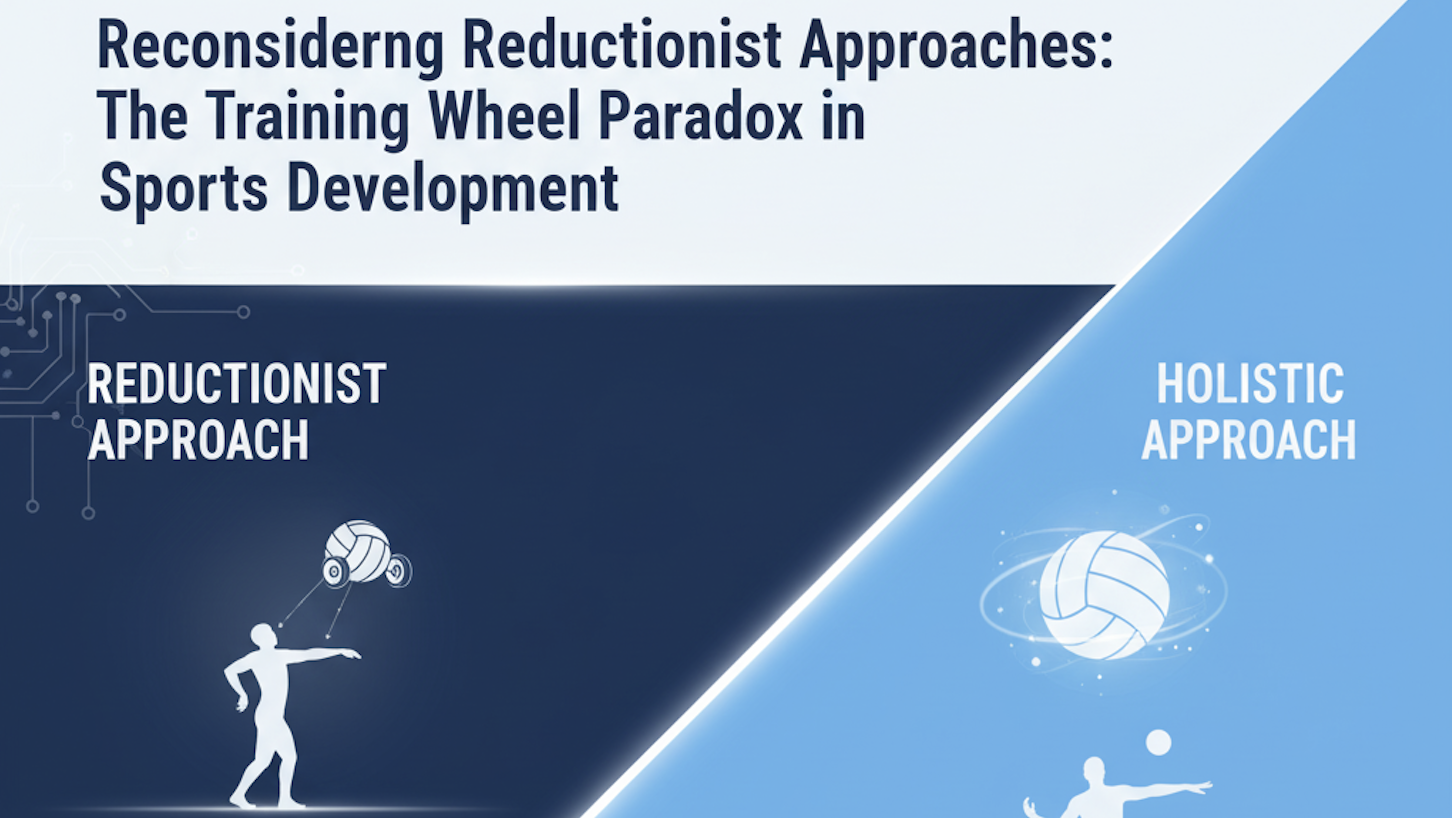I encountered a fascinating article worth sharing.
The Essence of Riding a Bicycle is Balance
Here’s an excerpt from the article:
“For example, when teaching children to ride bicycles, you shouldn’t use training wheels (to prevent injury). Balance bikes help children learn faster. Why? Because the key to riding a bicycle prioritizes balance over forward motion. That’s why you should teach on downhill slopes rather than uphill.”
“When you use training wheels, children learn to turn the handlebars in reverse, causing them to fall when the wheels are removed. While children might initially enjoy training wheels, they gradually lose interest because they can’t gain speed or turn properly. The best approach is to say ‘Dad’s holding the bike’ while letting them pedal, when you’re actually not holding it. That’s coaching.“
This explanation crystallizes something I’d vaguely sensed – that the smooth transition from balance bikes (striders) to regular bicycles has a clear reason.
The task of maintaining balance on an inherently unstable two-wheeled vehicle takes priority over generating propulsion (pedaling). When articulated this way, it makes perfect sense.
The essence of mastering bicycle riding lies in balance control.
Training Wheels = Reductionist Approach
Using training wheels to teach bicycle riding exemplifies a reductionist approach.
This method decomposes the necessary elements for riding and eliminates “balance control” – the essential component – through auxiliary wheels, focusing exclusively on the task of pedaling for propulsion.
However, practice (training) for riding bicycles stripped of their balance essence proves extremely ineffective. While proficiency at riding bicycles with training wheels increases, the ability to ride regular bicycles doesn’t develop at all.
This becomes training exclusively for riding bicycles with training wheels.
The Pitfall of Reductionist Approaches
Training wheel-equipped bicycle training represents a typical example of reductionist approaches, completely falling into this methodology’s trap.
The reductionist approach eliminates the essence (in this case, bicycle balance control).
Reductionist approaches always carry such risks. While surface-level improvement may appear evident, training effectiveness remains minimal because the actual purpose has been significantly missed. The deceptive aspect is precisely that surface improvement seems apparent.
Reassembled Parts Don’t Restore the Original
Consider this scenario: if you expertly butcher a living fish and then perfectly reassemble each part, would it return to its original living state? (If so, that’s fantasy!!)
This serves as a metaphor for the reductionist approach pitfall.
Even if you comprehensively identify every element necessary for riding bicycles and perfectly master each one, actually attempting to ride would likely prove quite uncertain.
To become skilled at riding bicycles, let’s ride bicycles. To become skilled at volleyball, let’s play volleyball.
Critical Evaluation and Practical Application
While this article presents valuable insights about holistic versus reductionist training, several considerations merit attention:
Contextual Nuance:
The training wheel analogy, while illustrative, oversimplifies complex skill acquisition. Some skills genuinely benefit from progressive isolation before integration. The key lies in identifying which elements represent “essence” versus “components.”
Safety Considerations:
The article dismisses injury prevention somewhat casually. Coaches must balance holistic training with appropriate safety measures, especially for youth athletes.
Skill Complexity Spectrum:
Simple motor skills (bicycle balance) differ fundamentally from complex tactical sports skills. Volleyball involves numerous interdependent technical, tactical, and cognitive elements that may require varied instructional approaches.
Practical Implementation for Youth Volleyball:
Identify True Essence:
For each skill, determine what constitutes its fundamental nature versus peripheral components
- Passing essence: reading trajectory and positioning, not just arm mechanics
- Attacking essence: timing and spatial awareness, not just arm swing
- Setting essence: decision-making under pressure, not just hand positioning
Game-Like Training Priority:
Structure most practice around contexts that preserve skill essence rather than isolated technique drills
Progressive Complexity:
Begin with simplified game situations that maintain essential elements while reducing secondary variables
Avoid False Simplification:
Resist creating training environments that fundamentally alter skill requirements (the “training wheel effect”)
The article’s core message resonates: training must preserve the essential nature of performance contexts. However, effective coaching requires nuanced application rather than dogmatic rejection of all analytical approaches.
Keywords: reductionist training approach, contextual training, holistic skill development, volleyball coaching methodology, game-based training, skill essence identification, youth volleyball pedagogy


